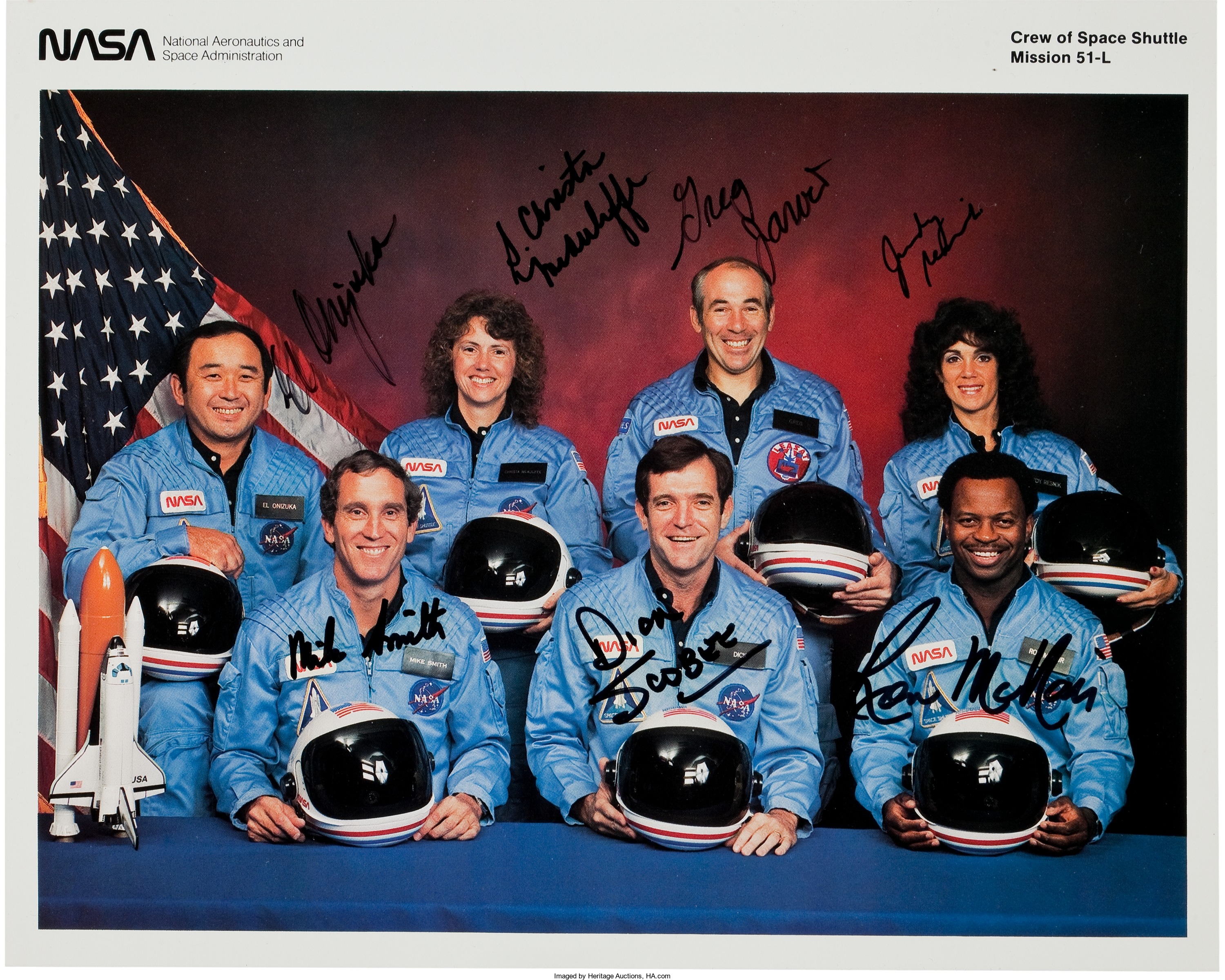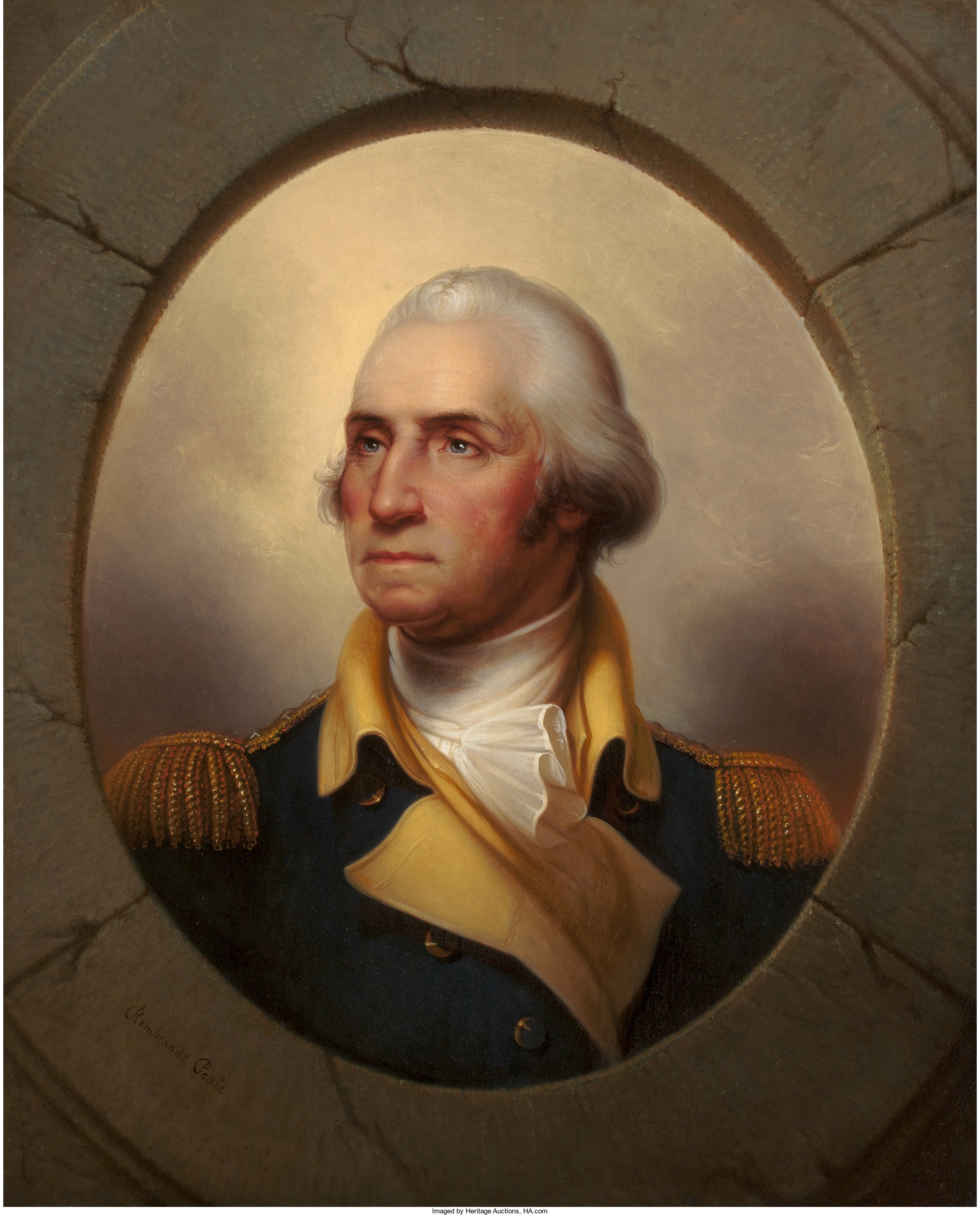
By Jim O’Neal
On Jan. 28, 1986, I was chairing a board meeting in New York when we learned that the NASA Space Shuttle orbiter Challenger had disintegrated 78 seconds after its launch over the Atlantic Ocean. Seventeen percent of Americans had witnessed the launch live and within an hour, 85 percent were aware of the disaster. Much of the interest was due to crew member Christa McAuliffe, a payload specialist and the first teacher headed into outer space. An O-ring failure caused a breach in the right solid rocket booster, which led to a structural failure.
Aerodynamic forces finished the job. A special Blue Ribbon Commission, appointed by President Reagan, determined that this design defect had been known for several years and repeated warnings were disregarded. What was not highlighted was that the space vehicle had never been certified to operate in low temperatures … specifically, the conditions that existed at the launch site on the day the flight was scheduled for liftoff. Enter theoretical physicist Richard Feynman, a distinguished member of the Commission and one determined to expose the truth to the American public. I can still vividly recall his now famous demonstration on live TV and elucidation of the cause of the Challenger space shuttle disaster. It included a very dramatic point where he dropped an elastic band (the O-ring) into a glass of ice water. Case closed. What opened was my mind. Next post, an example on Richard Feynman on a very small thing: an atom.
 Intelligent Collector blogger JIM O’NEAL is an avid collector and history buff. He is President and CEO of Frito-Lay International [retired] and earlier served as Chairman and CEO of PepsiCo Restaurants International [KFC Pizza Hut and Taco Bell].
Intelligent Collector blogger JIM O’NEAL is an avid collector and history buff. He is President and CEO of Frito-Lay International [retired] and earlier served as Chairman and CEO of PepsiCo Restaurants International [KFC Pizza Hut and Taco Bell].

